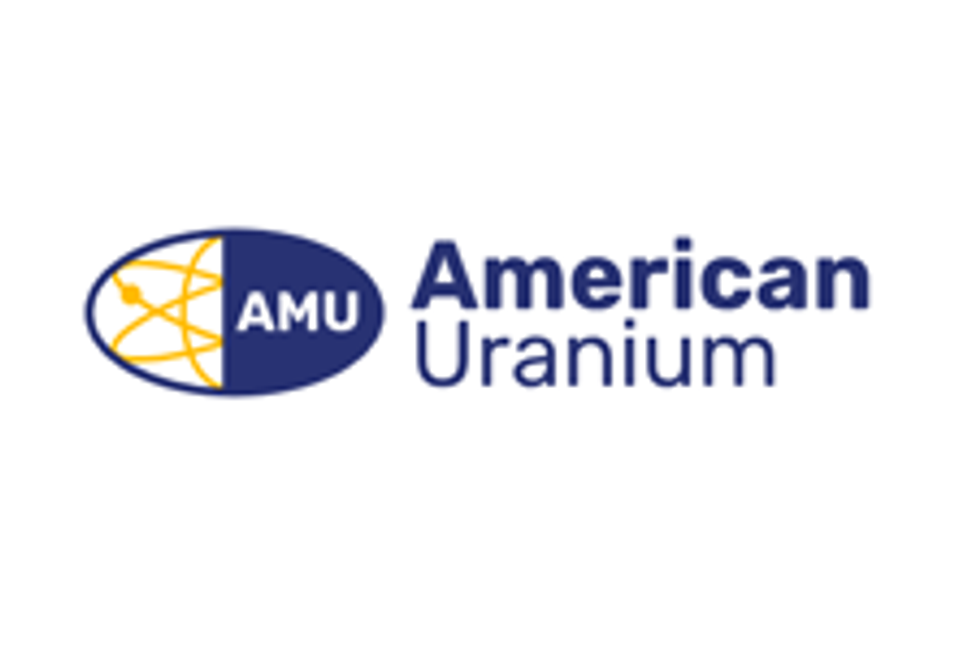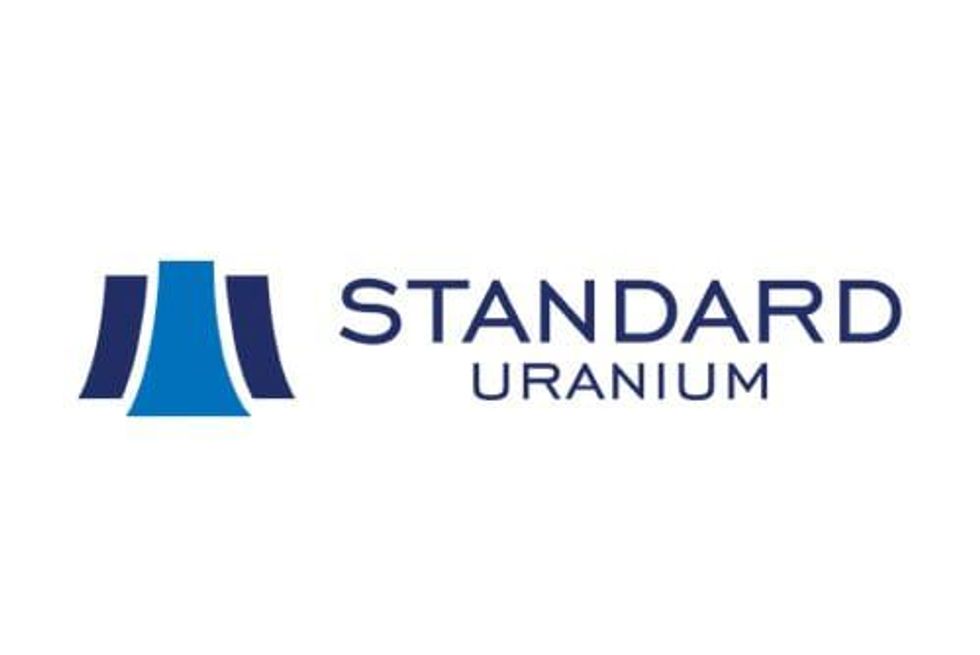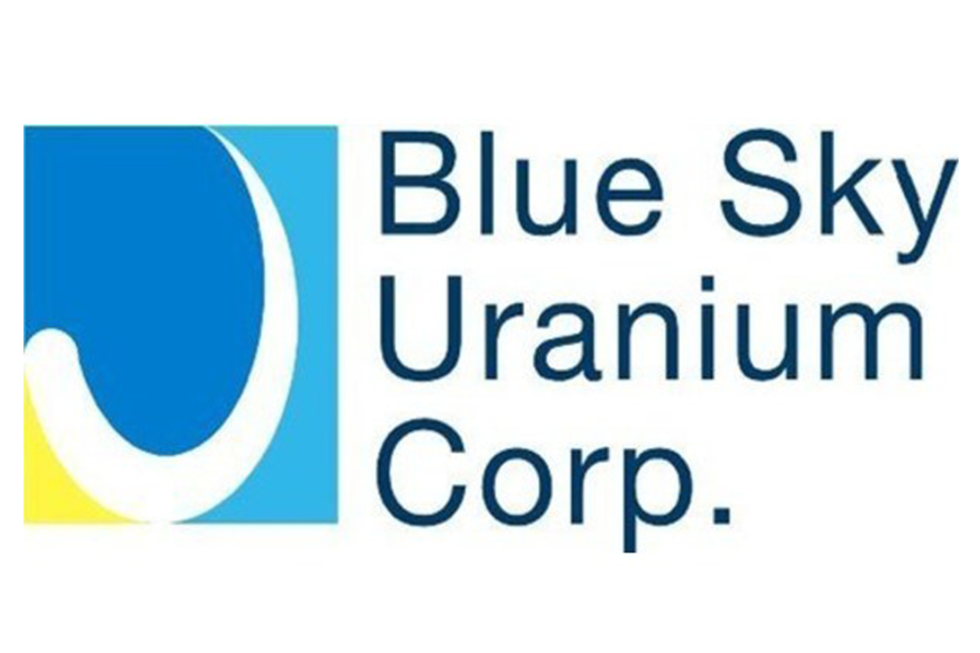Uranium explorer Appia Energy has released the assay results from the now completed diamond drill program on the Loranger property in Saskatchewan.
Uranium explorer Appia Energy (CSE:API,OTCQB:APAAF,FWB:A0I.F) has released the assay results from the now completed diamond drill program on the Loranger property in Saskatchewan.
As quoted from the press release:
The property is located 28 km southeast of Cameco’s (TSX:CCO) Rabbit Lake mill, Athabasca Basin, northern Saskatchewan.
Highlights of the winter drilling include 3.15 m of 0.032 wt% U3O8 at 96.75 m drill hole depth in hole LOR19-03 and 0.7 m grading 0.066 wt% U3O8 at 105.5 m drill hole depth in hole LOR-19-02. U3O8 assay results for the drill holes are presented in Table 1. A total of 1,063 metres was completed in eight drill holes covering three target areas (Figure 1).James Sykes, Appia’s vice-president, exploration and development, comments: “We are pleased with the drill results. First, we’ve confirmed uranium mineralization in two target areas, and especially the drill holes within Target Area 2 (LOR-19-01 to LOR-19-04A), a 900 m long area, all intersected uranium mineralization.
Second, we observed uranium “depletion” associated with a massive hydrothermal fluid fault network system encountered in Target Area 1 (LOR-19-07A and LOR-19-08), indicating uranium has been mobilized and potentially “re-deposited” somewhere along the structural trends. Third, the uranium mineralization drill hole assay results mostly correlate with hydrothermal alteration styles and re-mobilized ductile/brittle structural zones encountered in both target areas. In particular, we observe redox fronts (hematite +/- limonite with bleaching) showing elemental ratios (Up/Ut, Tht/Ut, Pb206 /Pb 204 ) typical of uranium fluid pathways.Fourth, boron (a uranium pathfinder element) is commonly elevated (i.e. >100 ppm and at least more than twice the background) in the re-mobilized graphitic/carbonaceous material ductile/brittle structural zones, with drill hole LOR-19-08 exhibiting the highest concentrations of boron (121 to 263 ppm B).”





